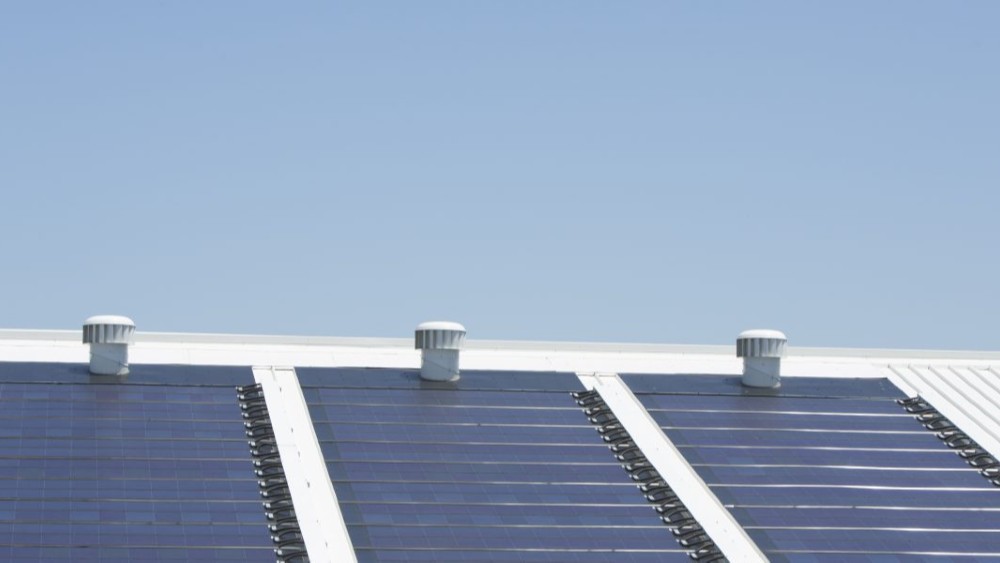January 23, 2020
From zero to hero: Helping small businesses achieve net zero by 2030/50
Dr. Daniel Daly, from the University of Wollongong Sustainable Buildings Research Centre, shares his expert advice on lowering carbon emissions in your business.
Lowering carbon emissions from your small businesses can often save you money on your energy bill and be cost-effective, with the added benefits of contributing to climate change mitigation and often improved quality of the indoor environment. There are a myriad of options for reducing your energy usage, and what’s best will depend on your business and your building.
The first step to reducing consumption is identify what the main sources of energy consumption are in your operation. The best way to do this is with an energy audit. Energy audits can be completed either by a third party or as a self-assessment.
For small businesses, a self-assessment is a good starting point, and there are many useful guides available online, for instance, Energy basics for business at energy.gov.au. The federal government also offers the Business Energy Advice Program, which includes free consultations with energy experts for eligible businesses.
For more complex sites needing a detailed audit, the Energy Efficiency Council has a list of service providers, and the NSW Government lists energy efficiency experts.
Once you know where you are using energy, a simple way to think about your options for reducing energy consumption is the energy management hierarchy, which provides a simple prioritisation of methods:
Priority 1 Be lean: minimise demand for energy. For instance, ensuring all equipment and lighting is turned off when not in use.
Priority 2 Be clean: meet remaining demand with energy efficient systems. For instance, ensuring all lighting is LED, and all equipment is high star rated.
Priority 3 Be green: use renewable sources to supply energy needs. For instance, adding rooftop solar, or purchasing green power.
FOR MANY BUSINESSES, HEATING AND COOLING, REFRIGERATION AND LIGHTING WILL BE MAJOR SOURCES OF ENERGY CONSUMPTION. SOME POTENTIAL ENERGY SAVING OPPORTUNITY FOR THESE USES ARE:
Heating and Cooling:
- Adjust your thermostat, and minimise your hours of usage. For every 1 oC you change your thermostat, warmer in summer and cooler in winter, you can reduce energy consumption by 5 to 10%.
- Consider installing ceiling fans to minimise the need for AC in summer, or to allow you to set your thermostat higher.
- Upgrade your air-conditioning system with higher efficiency models, see energyrating.gov.au to compare models.
- Seal any obvious gaps, such as doors and windows, to prevent conditioned air escaping.
Refrigeration
- Rethink your second (or third or fourth) fridge, particularly if it is an older model.
- Consider upgrade fridge(s) with higher efficiency models. Fridges manufactured prior to 2005 were substantially less efficient than modern fridges.
- Don’t forget your display fridges and cabinets. The NSW government is currently offering a rebate of up to $1490 for these fridges for eligible businesses.
Lighting
- Ensure unnecessary lights are switched off, and consider ‘delamping’ twin tube fluorescents – that is removing one of the two tubes if lighting levels permit.
- Replace existing lighting with LED globes, particularly lights that are regularly used for long hours.
Once these simple actions are completed, it may be time to think about renewable energy – and you may find you need a lot fewer solar panels to meet your reduced energy demand.
